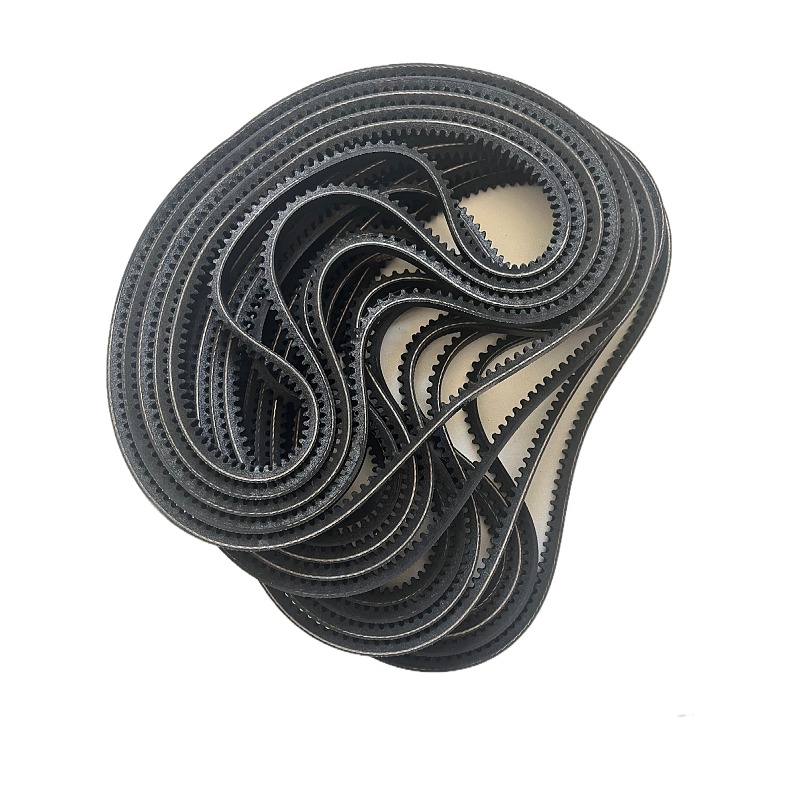- Arabic
- French
- Russian
- Spanish
- Portuguese
- Turkish
- Armenian
- English
- Albanian
- Amharic
- Azerbaijani
- Basque
- Belarusian
- Bengali
- Bosnian
- Bulgarian
- Catalan
- Cebuano
- Corsican
- Croatian
- Czech
- Danish
- Dutch
- Afrikaans
- Esperanto
- Estonian
- Finnish
- Frisian
- Galician
- Georgian
- German
- Greek
- Gujarati
- Haitian Creole
- hausa
- hawaiian
- Hebrew
- Hindi
- Miao
- Hungarian
- Icelandic
- igbo
- Indonesian
- irish
- Italian
- Japanese
- Javanese
- Kannada
- kazakh
- Khmer
- Rwandese
- Korean
- Kurdish
- Kyrgyz
- Lao
- Latin
- Latvian
- Lithuanian
- Luxembourgish
- Macedonian
- Malgashi
- Malay
- Malayalam
- Maltese
- Maori
- Marathi
- Mongolian
- Myanmar
- Nepali
- Norwegian
- Norwegian
- Occitan
- Pashto
- Persian
- Polish
- Punjabi
- Romanian
- Samoan
- Scottish Gaelic
- Serbian
- Sesotho
- Shona
- Sindhi
- Sinhala
- Slovak
- Slovenian
- Somali
- Sundanese
- Swahili
- Swedish
- Tagalog
- Tajik
- Tamil
- Tatar
- Telugu
- Thai
- Turkmen
- Ukrainian
- Urdu
- Uighur
- Uzbek
- Vietnamese
- Welsh
- Bantu
- Yiddish
- Yoruba
- Zulu
nov . 20, 2024 17:47 Back to list
chain timing belt
Understanding Chain Timing Belts An Overview
The timing belt is a crucial component of an internal combustion engine, connecting the crankshaft to the camshaft. It ensures that the engine’s valves open and close in synchronization with the movement of the pistons, allowing for optimal performance and efficiency. While traditional timing belts are often made of rubber and are known for their reliability, an alternative option is the chain timing belt, often referred to simply as a timing chain.
Timing chains, unlike their rubber counterparts, are made of metal and utilize a series of interlocking links to maintain the connection between the crankshaft and camshaft. This design offers several advantages over traditional timing belts, leading many manufacturers to favor chains in their engine designs.
One of the primary benefits of chain timing belts is their durability. Metal chains are inherently more robust and less susceptible to wear and tear compared to rubber belts. While rubber timing belts typically require replacement every 60,000 to 100,000 miles, timing chains are often designed to last the lifetime of the engine. This longevity can translate into cost savings for vehicle owners, as they won’t have to worry about routine replacement costs associated with rubber belts.
Another advantage of timing chains is their ability to withstand higher levels of stress and heat. Engines tend to generate considerable temperatures during operation, and timing chains are engineered to perform effectively under such conditions. They are particularly well-suited for high-performance vehicles or heavy-duty applications where reliability is paramount.
chain timing belt

However, it’s important to note that timing chains are not entirely maintenance-free. Although they require less frequent service than rubber belts, neglecting the engine’s overall maintenance can lead to chain issues. For instance, if there is a lack of oil lubrication, a timing chain can stretch or even break, leading to severe engine damage. Regularly checking oil levels and ensuring proper maintenance is essential to keep timing chains functioning correctly.
Moreover, the noise produced by timing chains can be louder than that of timing belts. While rubber belts operate relatively quietly, chains can produce a noticeable rhythmic sound, which may concern some vehicle owners. However, advancements in engineering have led to quieter operation in many modern vehicles, minimizing this issue.
Installation of timing chains can be more complex than rubber belts. Due to their design, they often require more intricate setups with additional gears and guides, which can lead to higher labor costs during servicing or replacement. This complexity is something to consider for vehicle owners contemplating modifications or repairs.
In conclusion, both timing belts and timing chains have their merits and drawbacks. The choice between them often depends on the intended use of the vehicle, performance expectations, and personal preferences. For those who prioritize longevity and durability, chain timing belts offer a compelling advantage. However, maintaining proper engine care is vital to ensuring the longevity of any timing mechanism. Whether you're a car enthusiast, a daily commuter, or a mechanic, understanding the differences between these two types of timing systems can lead to better vehicle maintenance decisions and an overall enhanced driving experience.
-
Buy Serpentine Belt Online – Affordable Prices & Durable Quality
NewsJul.26,2025
-
High-Performance Metric Variable Speed Belts for Industrial Use
NewsJul.25,2025
-
High-Quality Endless Flat Drive Belt for Precision Power Transmission
NewsJul.24,2025
-
High-Performance Serpentine Belt for Car Engines – Durable & Reliable
NewsJul.23,2025
-
High Efficiency V Belt Drive with Double & Toothed Options for Industry
NewsJul.22,2025
-
Affordable Fan Belt Cost - Compare Prices & Save | Auto Parts Deals
NewsJul.22,2025

